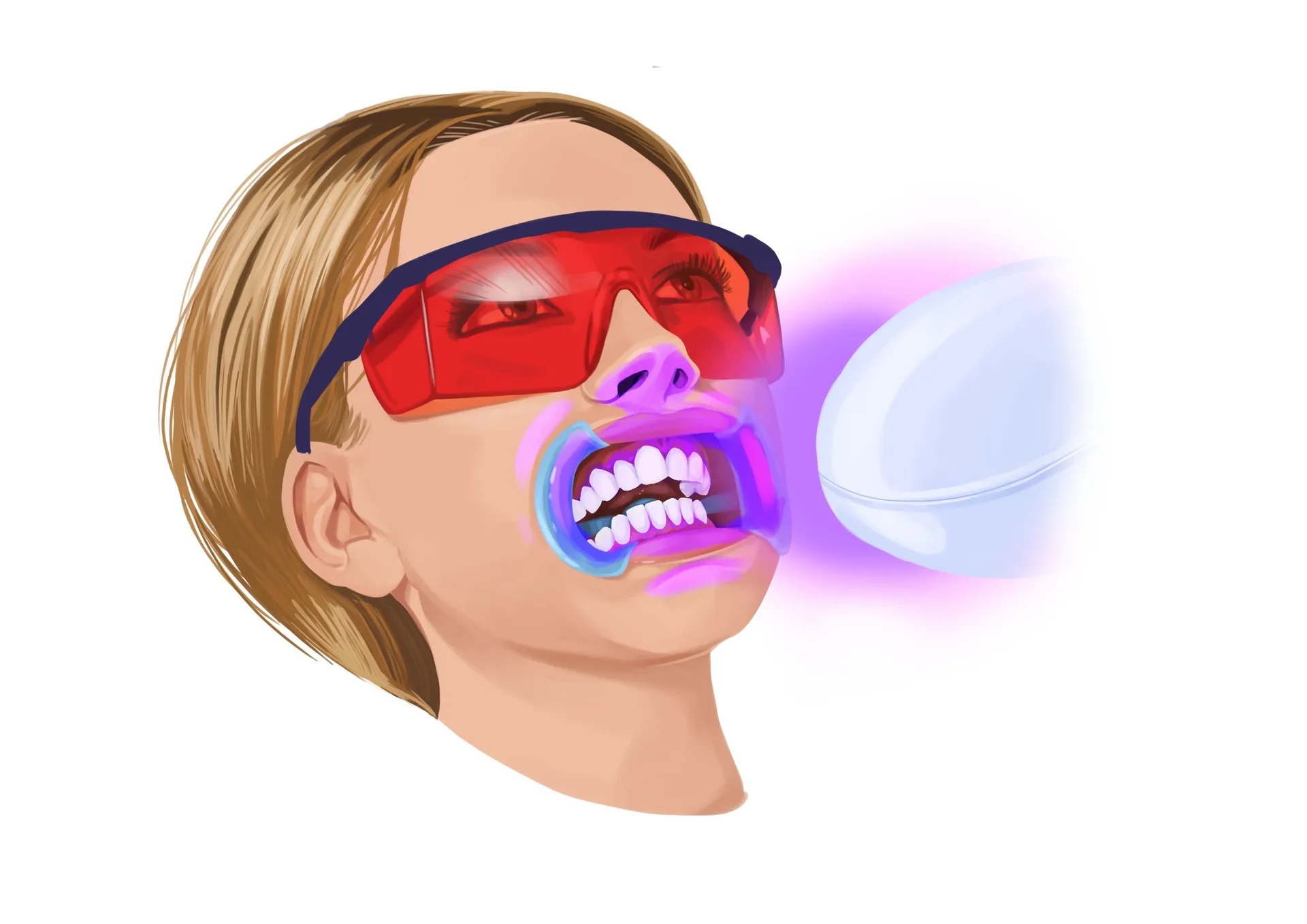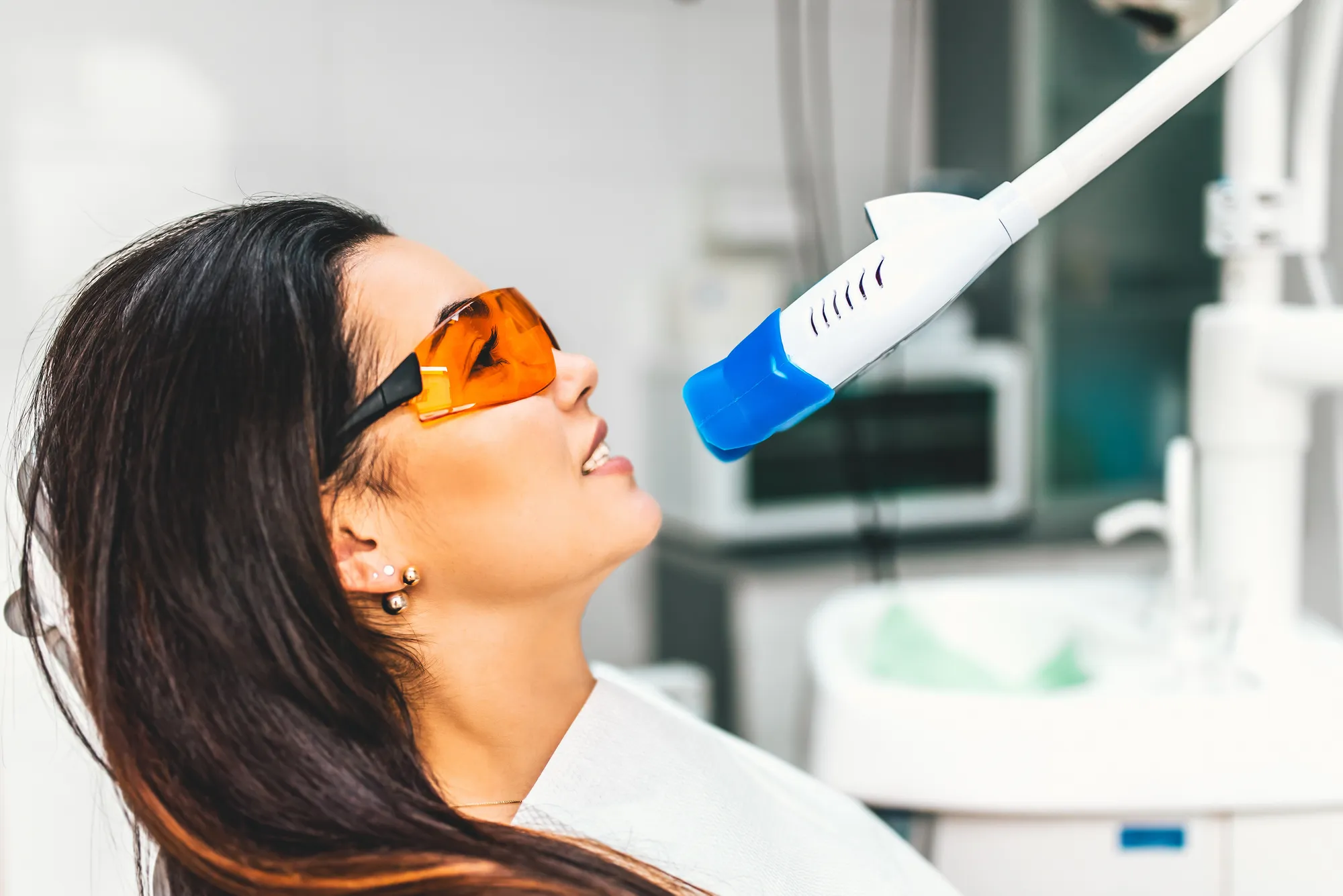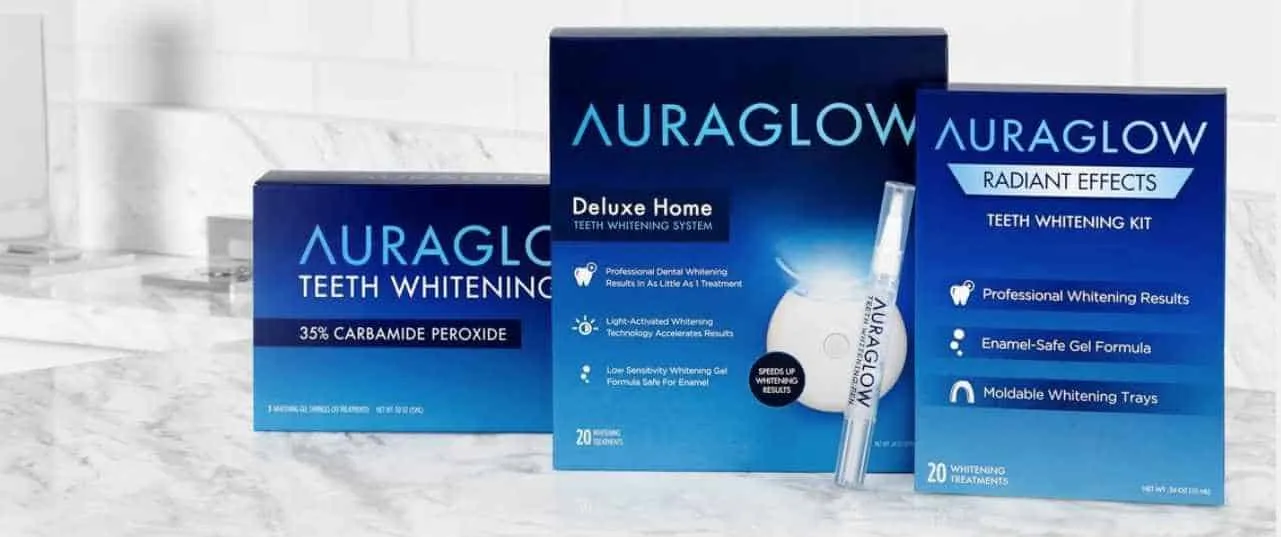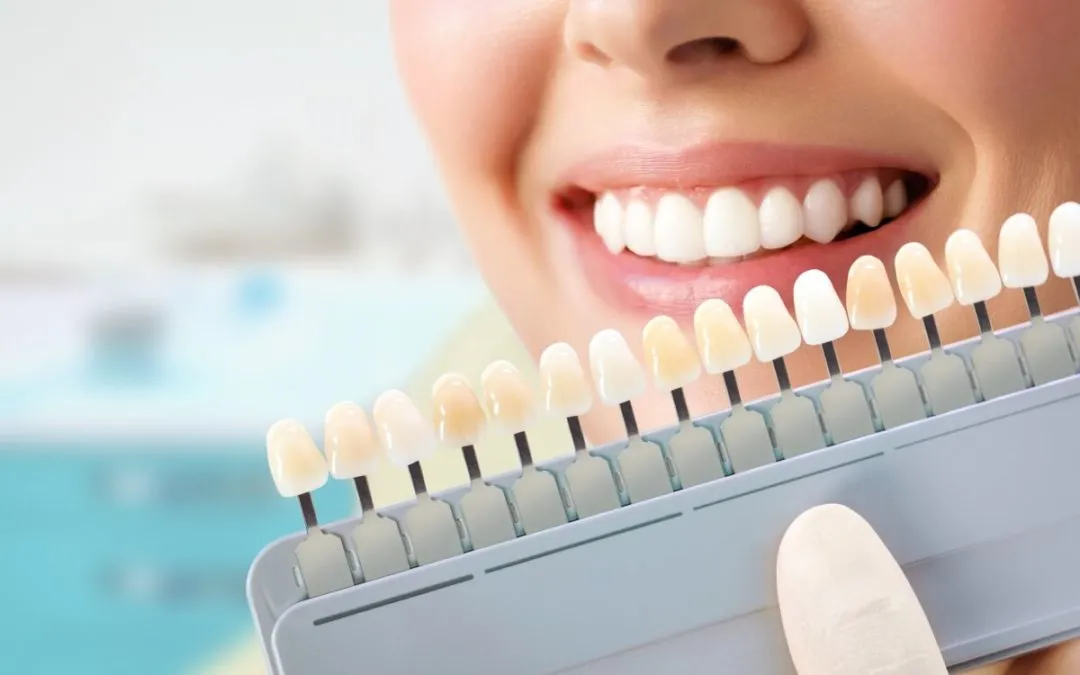Understanding Teeth Whitening Cost
Teeth whitening is a popular cosmetic dental procedure designed to lighten the shade of your teeth. The cost of teeth whitening can vary significantly depending on several factors, including the type of treatment, the location of the dental practice, and the specific products used. Understanding the elements that contribute to the overall cost is crucial for making an informed decision. Generally, the cost encompasses the materials used, the expertise of the dental professional, and the time required to complete the procedure. It’s important to consider all these aspects to get a clear picture of what you’re paying for and what you’re receiving in return. Furthermore, be aware that teeth whitening is often considered a cosmetic procedure, and as such, may not always be covered by dental insurance. This is why it’s essential to explore all potential costs and financing options before committing to treatment.
Factors Affecting Teeth Whitening Cost
Several factors influence the final cost of teeth whitening. One of the primary determinants is the type of treatment chosen. Professional in-office whitening, which is performed by a dentist, typically costs more than at-home options like whitening strips or custom trays. The location of the dental practice also plays a significant role; practices in major metropolitan areas tend to have higher overhead costs, which can translate into higher prices for services. Additionally, the dentist’s experience and the specific whitening products used can impact the cost. Some treatments use more advanced technology or higher concentrations of bleaching agents, which may be reflected in the price. Finally, the extent of the whitening needed can influence the cost; more severe discoloration or the need for multiple sessions will likely increase the total expense. Always consult with your dentist to get a precise cost estimate based on your unique needs.
Types of Teeth Whitening Treatments

There are various teeth whitening treatments available, each with its own cost implications. The main categories include professional in-office whitening and at-home treatments. Professional whitening offers immediate results and typically involves a higher cost due to the dentist’s expertise and the use of stronger bleaching agents. This method often involves a pre-treatment consultation, application of a protective barrier to your gums, and the application of the whitening solution, sometimes enhanced with a special light. At-home treatments, on the other hand, are generally more affordable and include options like over-the-counter whitening strips, gels, and custom-fitted trays provided by your dentist. The cost varies depending on the product and the concentration of the bleaching agent. Some at-home kits provide a more effective and cost-efficient experience, while others might offer only minor improvements. It’s crucial to weigh the pros and cons of each treatment type and consider your budget, lifestyle, and desired results when making a selection.
Professional Teeth Whitening Cost
Professional teeth whitening offers significant advantages, but it comes with a higher price tag. The cost can range from a few hundred to over a thousand dollars, depending on the location and the specific procedures involved. The price typically includes the consultation, the application of the whitening agent, and any follow-up appointments. The benefits of professional whitening include immediate, noticeable results and the expertise of a dental professional to ensure safety and effectiveness. Dentists can use higher concentrations of bleaching agents than those available over-the-counter, leading to more dramatic results. They also take precautions to protect your gums and other soft tissues from irritation. While the initial investment might be substantial, the superior results and professional care often make it a worthwhile investment for many individuals. Before committing, always ask your dentist for a detailed breakdown of the costs involved.
At-Home Teeth Whitening Cost
At-home teeth whitening is a cost-effective alternative to professional treatments, offering a variety of options to suit different budgets and preferences. The cost can range from a few dollars for basic whitening strips to a few hundred dollars for custom-fitted trays provided by your dentist. Over-the-counter options, such as whitening strips, gels, and toothpastes, are typically the most affordable. However, the effectiveness may be limited, and results might take longer to appear. Dentist-provided custom trays, on the other hand, offer a more tailored approach and can deliver better results. These trays are specifically molded to your teeth, ensuring even distribution of the whitening agent. The convenience of at-home treatments allows you to whiten your teeth on your own schedule. Before starting any at-home treatment, consult your dentist to ensure it’s suitable for your dental health and to discuss potential outcomes.
Teeth Whitening Cost Insurance Coverage

Dental insurance policies often do not cover teeth whitening procedures because they are typically considered cosmetic. However, there can be exceptions. Some insurance plans might offer partial coverage if the whitening is deemed medically necessary, such as for treating severe discoloration caused by certain medications or medical conditions. It’s essential to review your insurance policy carefully and contact your provider to understand the extent of your coverage. Some dental plans may offer a discount on cosmetic procedures, but this is not the same as full coverage. Before undergoing any teeth whitening treatment, obtain a pre-authorization from your insurance company to determine your out-of-pocket expenses. If insurance coverage is not available, consider exploring alternative financing options, such as payment plans offered by the dental practice or third-party financing companies.
Tips for Saving on Teeth Whitening Cost
There are several ways to save money on teeth whitening. Consider at-home treatments, which are generally more affordable than professional options. Shop around and compare prices from different dental practices; costs can vary significantly. Take advantage of any promotional offers or discounts that dental practices may provide, such as package deals or seasonal promotions. Some dental schools offer teeth whitening at reduced rates, as they provide the services under the supervision of experienced instructors. Another approach is to maintain good oral hygiene, as this can help prevent staining and reduce the need for extensive whitening treatments in the future. Regular dental check-ups and cleanings can also help remove surface stains, potentially minimizing the need for more expensive whitening procedures. Also, consider using a whitening toothpaste to help improve and maintain the results from professional whitening.
Compare Costs Professional vs DIY
Comparing the costs of professional teeth whitening versus DIY options is crucial to making an informed decision. Professional whitening, while more expensive, offers the advantage of immediate results, the expertise of a dentist, and the use of stronger bleaching agents. The cost can be a few hundred to over a thousand dollars. DIY options, such as whitening strips or custom trays, are significantly cheaper, with costs ranging from a few dollars to a few hundred dollars. However, the results may take longer to appear and may not be as dramatic. Consider factors such as the severity of the discoloration, your budget, and your time constraints when making a decision. Also, it is important to factor in potential risks such as gum irritation or sensitivity that can occur with the usage of DIY options. The choice ultimately depends on your individual needs and preferences.
Maintaining Your White Smile

Maintaining a bright, white smile after teeth whitening requires consistent effort and a commitment to good oral hygiene. Regular brushing and flossing are essential to remove food particles and prevent staining. Avoid or limit the consumption of staining foods and beverages, such as coffee, tea, red wine, and dark-colored berries. Consider using a whitening toothpaste to help maintain the results. Regular dental check-ups and cleanings are also vital, as they can help remove surface stains and keep your teeth healthy. If you are a smoker, quitting smoking can significantly improve the longevity of your whitening results, as smoking can accelerate staining. Following these tips can help extend the lifespan of your teeth whitening and ensure you maintain a beautiful, bright smile for years to come.
